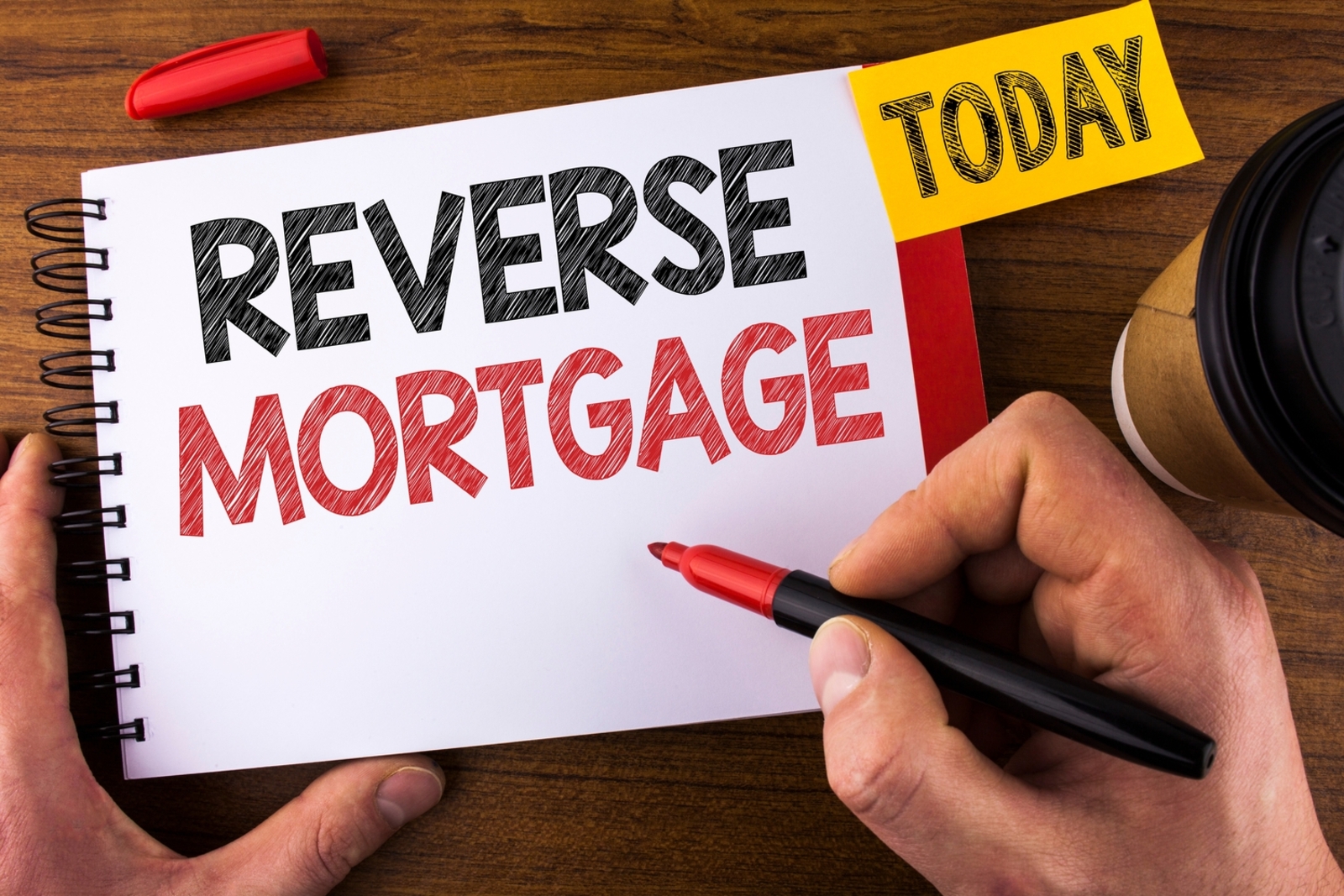
A Guide To Reverse Mortgages
Navigating the financial landscape of retirement can be daunting, but understanding the Reverse Mortgage Process can provide some relief. This Reverse Mortgage Guide is designed to help you understand the ins and outs of this financial tool, which allows homeowners to convert part of their home equity into cash. Whether you’re looking to supplement your retirement income or manage your living expenses, reverse mortgages can be a viable option. Let’s dive into the details to see if it’s the right choice for you.
1. Understanding reverse mortgages
A reverse mortgage is a loan available to homeowners aged 62 and older, allowing them to convert part of their home equity into cash. Unlike traditional mortgages, you don’t have to make monthly payments. Instead, the loan is repaid when you sell the home, move out permanently, or pass away. It’s a way to unlock the value of your home while still living in it, offering financial flexibility during retirement.
2. Eligibility requirements
To qualify for a reverse mortgage, there are a few criteria to meet. First, you must be at least 62 years old and own your home outright or have a low mortgage balance that can be paid off at closing with proceeds from the reverse mortgage. The home must be your primary residence, and you must continue to pay property taxes, insurance, and maintain the home. Additionally, the home must meet FHA property standards and flood requirements.
3. Types of reverse mortgages
There are three main types of reverse mortgages: Home Equity Conversion Mortgages (HECMs), proprietary reverse mortgages, and single-purpose reverse mortgages. HECMs are federally insured and the most common type, offering flexible payment options. Proprietary reverse mortgages are private loans backed by the companies that develop them, typically for higher-value homes. Single-purpose reverse mortgages are offered by some state and local government agencies and nonprofits, usually for specific purposes like home repairs.
4. The application process
The Reverse Mortgage Process involves several steps. First, you’ll attend a counseling session with a HUD-approved counselor to ensure you understand the loan’s implications. Then, you’ll apply through a lender, who will assess your financial situation and the value of your home. If approved, you’ll choose how to receive your funds—whether as a lump sum, line of credit, or monthly payments. The lender will then process the loan, and you’ll sign the final documents.
5. Costs and fees
Reverse mortgages come with several costs and fees. These may include an origination fee, mortgage insurance premiums, and closing costs, similar to those in a traditional mortgage. Interest rates can vary, and while you don’t make monthly payments, interest accrues on the loan balance. It’s crucial to understand these costs upfront, as they can impact the amount of equity left in your home when the loan is repaid.
6. Pros and cons
Like any financial product, reverse mortgages have their pros and cons. On the plus side, they provide additional income, don’t require monthly payments, and allow you to stay in your home. However, they can be expensive, reduce your home equity, and affect your estate. It’s essential to weigh these factors carefully and consult with financial advisors to ensure it’s the right fit for your situation.
Reverse mortgages can be a powerful tool for those looking to enhance their financial security in retirement. This Reverse Mortgage Guide aims to provide a comprehensive overview, but it’s important to do thorough research and consult with professionals before making a decision. With the right knowledge and guidance, you can make an informed choice that supports your financial goals and lifestyle needs.



